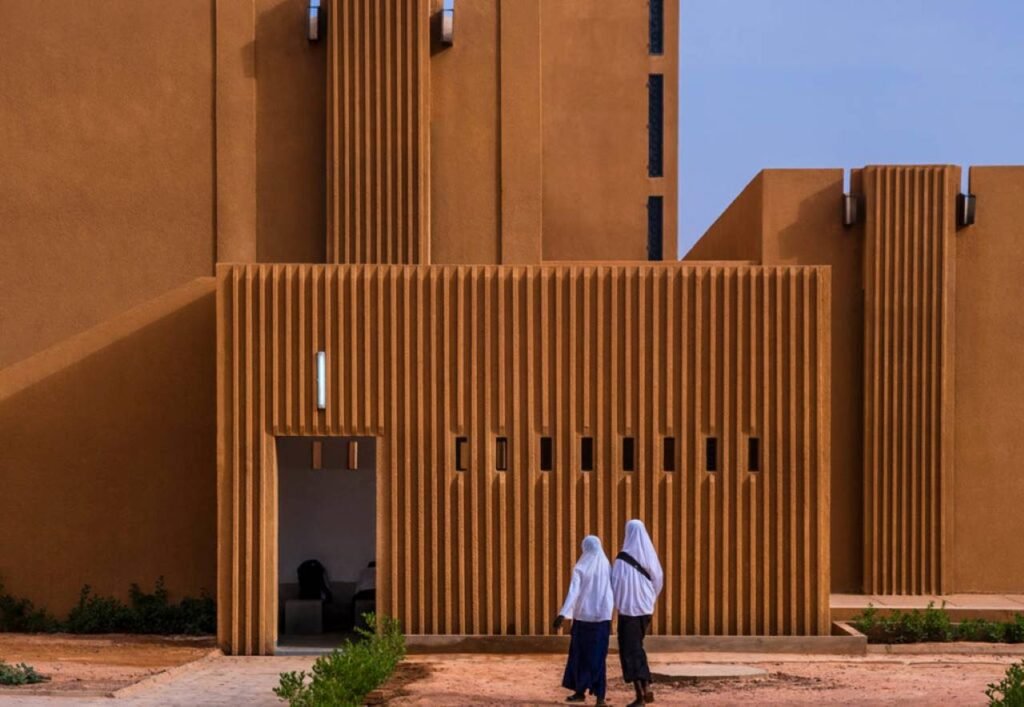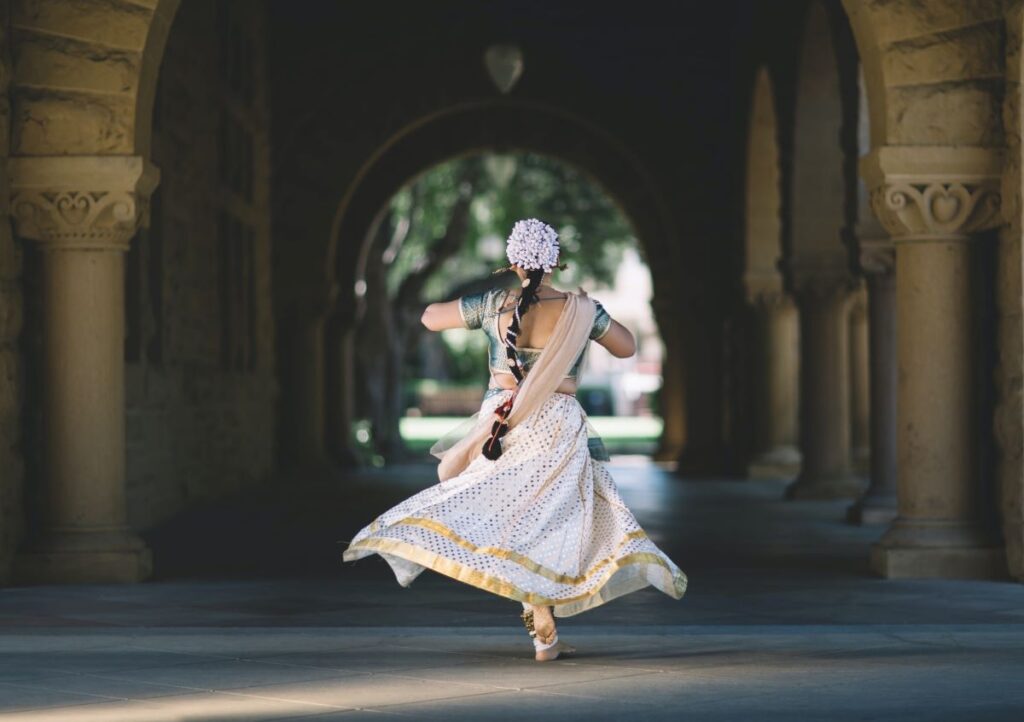Table of Contents
How Humans Perceive Architecture
Since the Miocene epoch, the sense of sight was an important one to have for the apelike man to hunt and gather. This evolution, in the sense, eventually has become such that humans will subconsciously experience things with sight. Hence, it is no surprise that architecture has always been a visually dominant field. Where even spaces are primarily experienced through sight. Thus, colour has always been an important part of experiencing architecture while simultaneously acts a decisive factor for how humans experience it.
History And Colour
Painting, sculpting, and building were all included in the artist’s profession in the past, although not solely. Because of the desire to honor gods or monarchs, or to celebrate the wonder of the structure itself, color was used liberally in architecture. Ancient Greek stone temples and statues that were once assumed to be stark and neutral have lately been discovered to be beautifully decorated with colors extracted from plants and minerals to even jewel stones.
The Egyptian temples, tombs, and chambers that now seem bare were once vibrant with colorful hieroglyphics and pharaoh imagery. The cathedrals of medieval Europe, as well as the palaces and temples of China, were all painted, with color symbolism abounding.
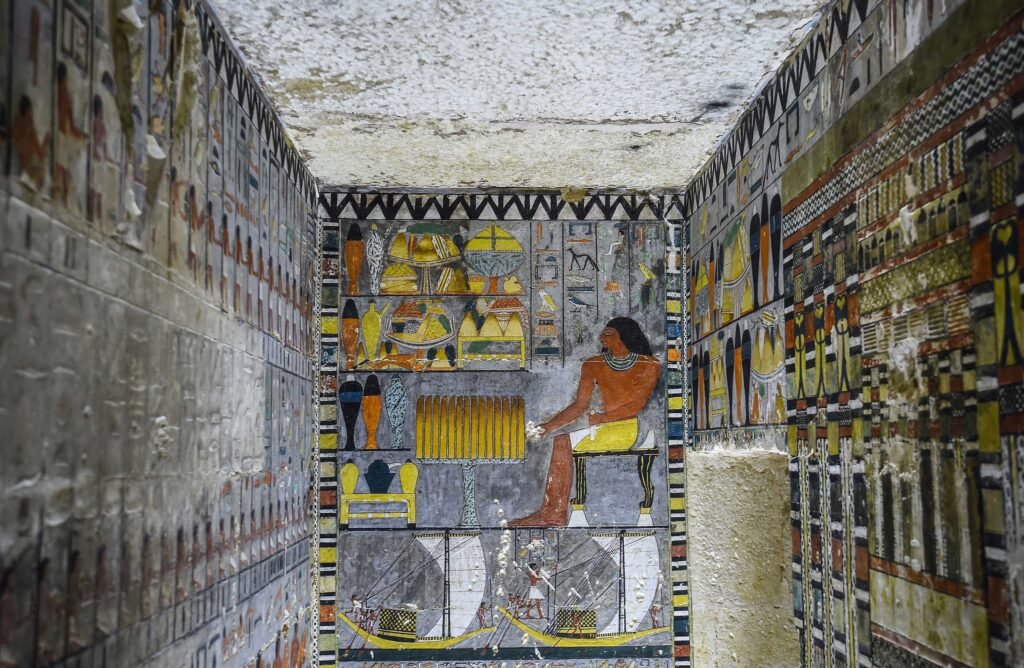
How Colour Might Affect Individuals Differently
Personal Factors Affecting Colour Perception
If one notices, they will realize that children or the youth use brighter, more saturated colors. One reason behind this could be that children in the world are still learning about the world around them. Visually as well as culturally, hence the brighter shades attract them more, whereas as a person ages, they learn to appreciate subtle nuances around their world and visuals, thus people appreciate deeper shades or neutrals more.
Introverts go for darker cooler shades of color compared to their extroverted peers, while people with higher socioeconomic backgrounds go for more complex deeper shades of color than those with lower socio-economic backgrounds. And this can directly be seen in their choice of colors for their interiors or material usage.
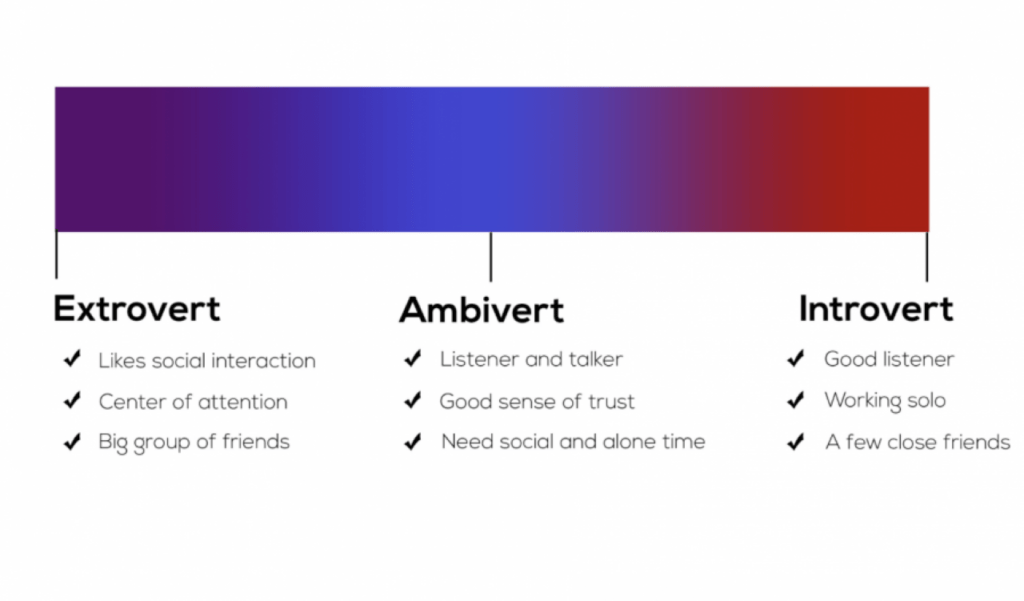
Colour Psychology
The study of how different colors influence human behavior is known as color psychology. Varied colors have different meanings, implications, and psychological effects depending on the culture. Color psychology is heavily influenced by choice, besides cultural variances. Color psychology is the study of color perception and the effects of color combinations using color theory (the practical application of mixing and matching diverse colors). Carl Jung, a Swiss psychiatrist, examined the psychological effects of color in the early twentieth century. Jung finally devised a color therapy technique that allowed his patients to express themselves via colors and imagery.

Colours And Its Use In Architecture
We can see that architecture acts as a giant canvas through which an architect, like an artist, expresses his/her idea and thought process. Thus, from the walls to the railings of a staircase can be a statement piece. It becomes crucial to be aware of how a color would affect the user since architectural elements take u a significant amount of space in one’s cone of vision. Colour may visually simulate certain features of space or convey a specific volume or architectural detail. It may also generate a variety of emotions and visual effects.
Green
A rather receding color in large cities, Green has an instantaneous relieving effect on its viewers. Since the human brain has been conditioned around nature, witnessing Green thus brings a sense of relaxation and familiarity. Unlike red, it causes the eye to focus precisely on the retina, making it the most relaxing color for the eyes. Green is a color that may represent both nature and illness. One might often notice when standing under translucent roofing material with a tinge of green in it that the skin looks sicker. While using a lighter shade of green on walls can create a secure sense.

Blue
A color that is almost constantly perceived by humans when outside or near a window or even close to a water body, blue has always resulted in tranquillity and makes the space feel breathable. Some observe that blue reduces a person’s blood pressure almost instantaneously. It can create a sense of free movement and flight when used as a lighter shade. A deeper or darker shade of blue does quite the opposite. It not only feels stronger in the eye when viewed by a person, but it can also create a sense of space deepening.
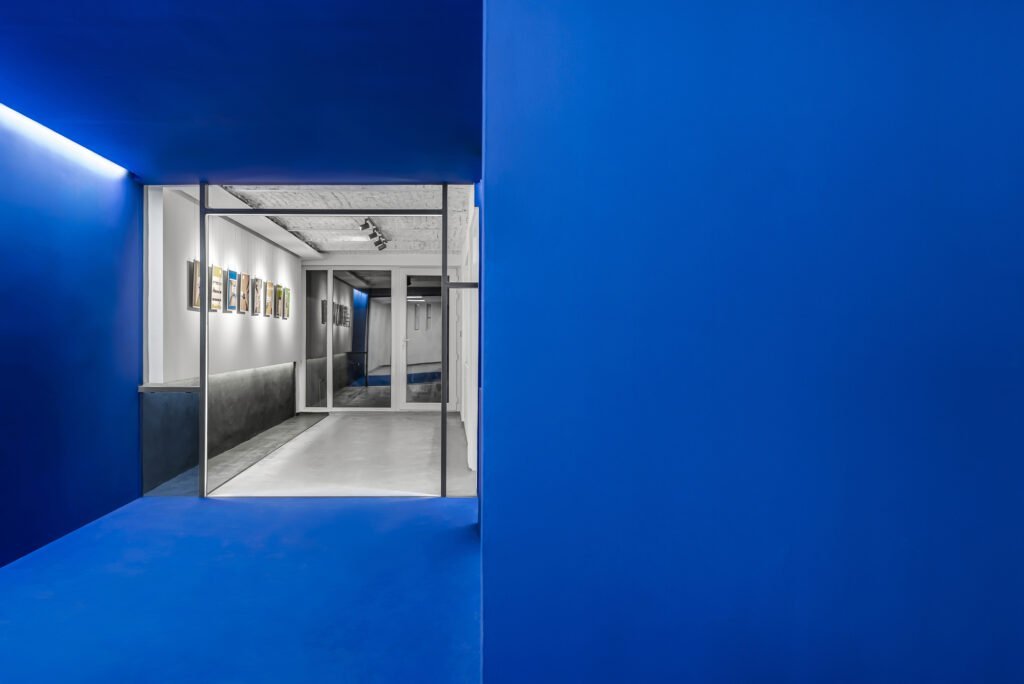
Yellow
The first color that comes to a person’s mind when considering a representative color that recreates a cheerful feeling is yellow. This can again be backtracked to human evolution where elements such as the morning sun or fire meant safety from animals and food hunting or cooking. Thus it creates a jocund feeling. A dull or murky yellow might give a sickening feeling. Because of its ability to stand out, it is often used as a directional element or highlight on the floor or walls. While yellow ceilings make the space feel more luminous and energetic.
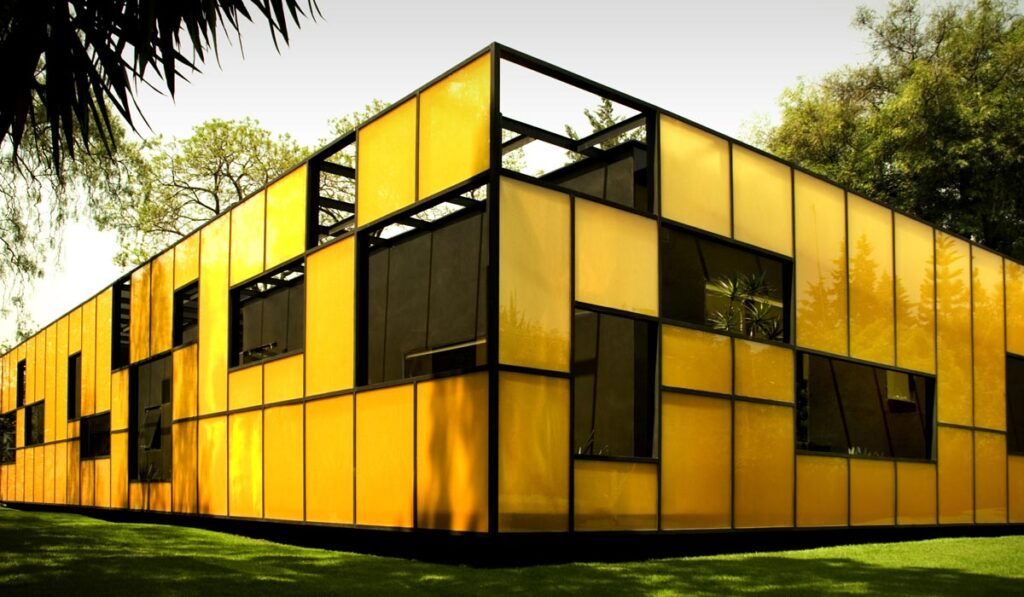
Red
A color that comes only second to black, when considering its sensitive usage, red is a color that designers tread on carefully. Because of its highly stimulating nature, Red is often used when in need of diverting someone’s attention, thus prevalently known for its dynamics. Because of the natural focal point of red being behind the retina, the eye must alter its focus. As a result, red looks to be closer than it is. Injudicious use of Red on the walls might make them seem to advance or even aggressive. While earthy tones of red might make it feel grounded.
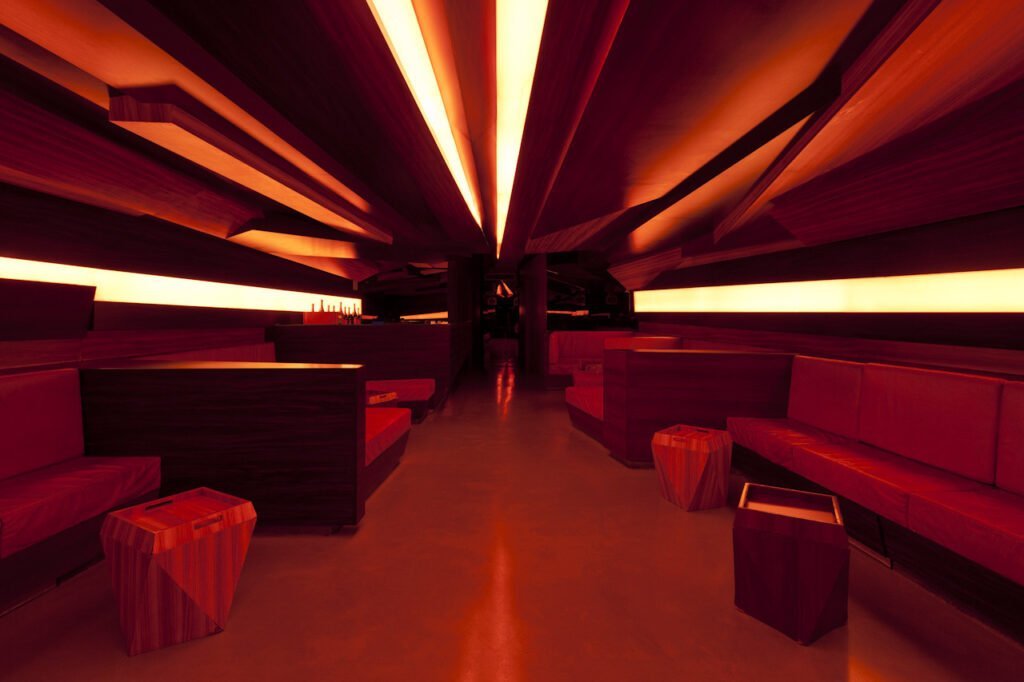
Orange
People either love orange or dislike it. Since it walks the thin line between jovial and energetic to dull or intrusive, it is often used only as an accent color to make a part of something pop out. Though it is more effective at grabbing attention when used as a brighter shade instead of a darker one. Because of its energetic appeal, it suits best when used with a neutral color or simply white.

Brown
Similar in line with green, certain shades of brown bring a sense of reconnection with earth to certain people. There is a significant contrast between brown paint and wood. Brown should be avoided in some organizations since it conjures up bad connotations. Wood and stone look to be quite welcoming and warm. When considering a natural environment, wood brown does an excellent job of blending in with the environment.
